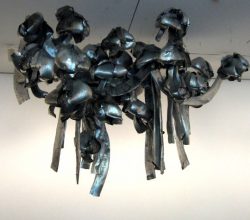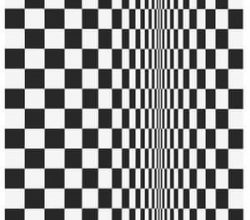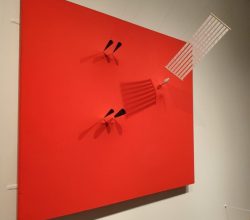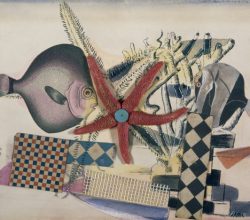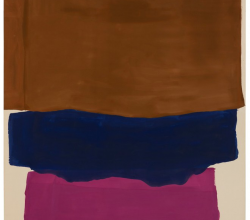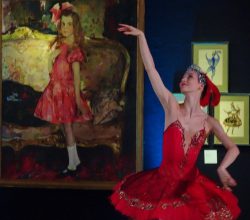
The Right To Dare Everything: ‘Paul Gauguin: The Art of Invention’
James Balestrieri | Antiques and the Arts Weekly | 13th August 2019
It must be Gauguin’s immense influence that keeps writers gnawing away at his biography. Gauguin borrowed ideas from everywhere. A synthesis had started in Brittany but emerged fully in Polynesia – a “modern aesthetic, with its direction rather toward suggestion than description”. One writer concurs: “a protean talent who influenced the course of modern painting more than anyone except Cézanne”.




